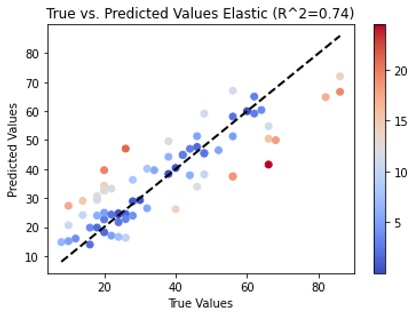Digital processing techniques combined with bio-inspired computing techniques for automatic categorization of medical signals, such as electroencephalograms and medical images, in order to support the diagnostic process. Decision Support Systems (DSS), are based on a set of selected features from imaging or other types of data, in order to classify an input to one of the predefined categories (classes). Initially, features are extracted from the data, using a variety of techniques, such as texture analysis, pattern analysis, geometrical signatures and wavelets. A selected set of optimal features is extracted using a feature selection technique (Principal Component Analysis, Factor Analysis, Simulated Annealing, Genetic Algorithms, Sequential Forward/Backward Floating Selection, Maximum Output Information Support Vector Machine, Local Maximization – Floating Maximization). The selected optimal features are utilized for the classification process, which can be based on several classifier models, such as Linear Discriminant Analysis (LDA), Artificial Neural Networks (ANN), Support Vector Machines (SVM), Artificial Immune System (AIS), Kernel Estimators and Hidden Markov Models.
Development of Diagnostic Decision Support Systemsconstracti2023-10-31T13:52:39+02:00



